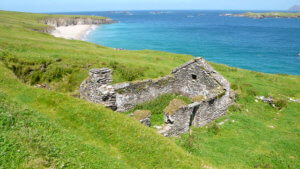Are you planning a trip to the Emerald Isle this year? If budget is a concern, you'll want to prevent yourself from making some costly mistakes. Here are 30 ways to save and see even more on your Ireland vacation.
This post and page contain affiliate links and I may earn compensation when you click on the links at no additional cost to you.
Tip #1: Avoid the High Tourist Season
Off-season travel in Ireland, otherwise known in the travel industry as “shoulder season,” is generally any time between mid-April through May and late September through October.
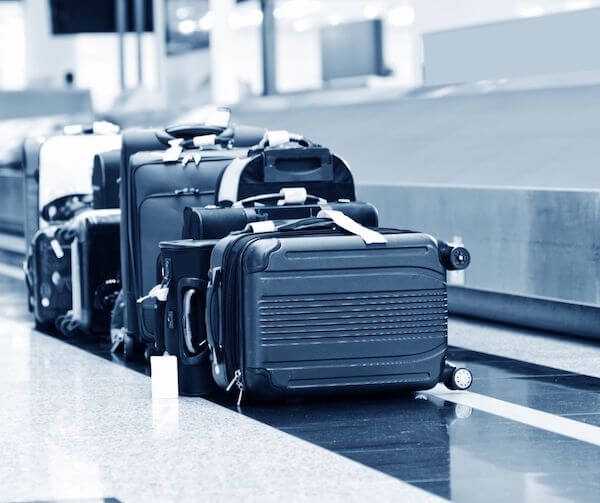
The price of accommodation is lower as is car rental, and the lines to popular attractions are shorter, so visiting Ireland at this time is better if budget is a concern.
Tip #2: Avoid Staying in Ireland's Big Cities
Instead, opt for smaller towns outside the major cities since accommodation in places like Dublin will be much higher.
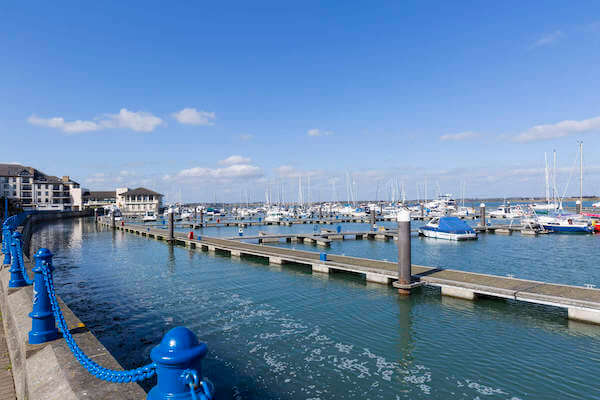
For example, if you’re looking to visit Dublin for a few days, choose accommodation in the seaside suburbs of Dublin like Dun Laoghaire, Malahide, Howth or in a nearby county like Kildare.
Public transportation will be accessible from anywhere within a 50-mile radius of Dublin.
Tip #3: Be Prepared for Ireland's Weather
Since Ireland’s weather can be unpredictable, it’s best to be prepared even if you’re visiting during the warmer months. My advice is to dress in layers.

This will save you from having to buy additional gear while you’re there, an expense you don’t need while on vacation.
Tip #4: Be Familiar with the Airlines that Fly Into Ireland
If you’re flying from the U.S and Canada., you can fly into Shannon on Aer Lingus, United Airlines and Delta Airlines.
Service to Shannon can be irregular during the winter months.
Delta Airlines and American Airlines fly into Dublin, as does Play, which flys out of New York Stewart International Airport, Dulles International Airport in Washington, D.C., Baltimore, and Logan Airport in Boston.
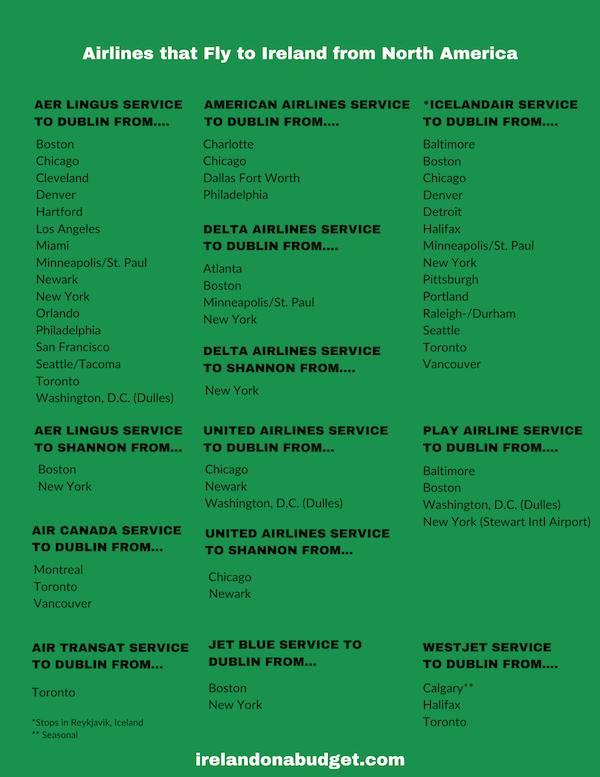
Icelandair also operates out of several cities in the U.S., including Baltimore, Boston, Chicago, Denver, Detroit, Minneapolis/St. Paul, New York, Pittsburgh, Portland, Raleigh-Durham, and Seattle.
If you’re flying from the U.K., you can get convenient flights from major airports to Belfast, Cork, Donegal (from Glasgow only), Dublin, Ireland West (Knock), Kerry, and Shannon airports.
Flights from mainland Europe land in Belfast, Cork, Dublin, Ireland West (Knock), and Shannon.
Tip #5: Use a Flight Search Engine and Track Flights Beforehand
Bookmark websites like Aviasales, CheapOAir, Momondo, Priceline, Airfarewatchdog, Hopper or Google Flights for the best fares, unless Aer Lingus is offering a great deal.
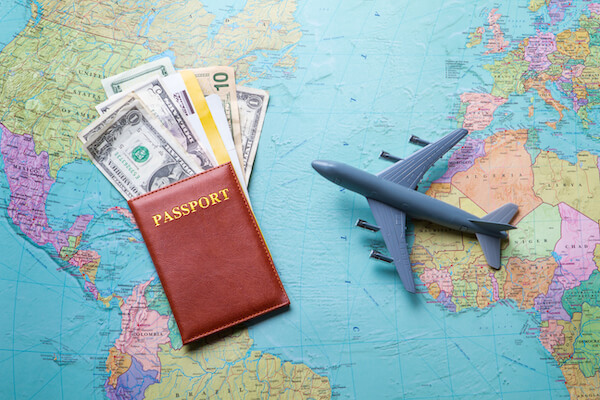
These tools are particularly useful if you’re flexible with your dates and flight times.
For instance, if you don’t mind a layover, you can save on airfares, especially worthwhile during the high season.
Book Your 2024 Getaway to Ireland with Aer Lingus Vacations
Tip #6: Consider Layovers as Part of Your Flight Itinerary
“Hubbing it” is another way to get to a destination a little cheaper.
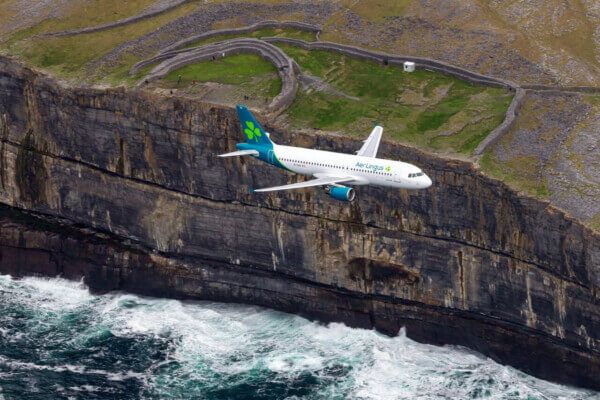
As an example, try booking a flight to say Lisbon (stay a night if you want!), then hop on a Ryan Air flight to Dublin or Shannon. If you’re considering this option, be mindful of Ryan Air’s luggage requirements.
Alternatively, if you're keen on seeing only the West of Ireland, then flying into Ireland West Airport/Knock is ideal.
However, this plan will only work for passengers in the Northeast (New York and Washington), where you can get a direct flight on Aer Lingus to Knock via London's Heathrow Airport.
Tip #7: Pack Wisely for Your Trip to Ireland
Given Ireland’s unpredictable weather, it’s wise to pack smartly.
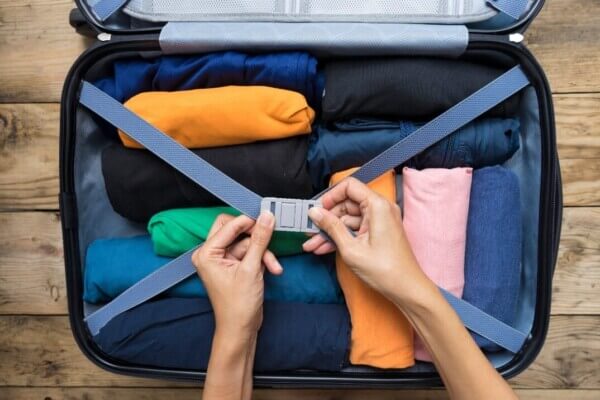
That means bringing plenty of layers, especially important during the months when temperatures are colder. Summer time is milder for sure, but rain showers could still be plentiful, so a rain jacket is definitely necessary.
Good walking shoes are also necessary if you are out and about a lot, and hiking boots will be necessary for more intense activities like mountain climbing and such.
In addition, packing lightly is equally important since carry-on luggage often means a lower-priced airfare, so consider this when planning your vacation to Ireland.
Tip #8: Use a Bus to Get to Dublin City Center from the Airport
If you are staying in Dublin, the most economical way to get from the airport to the city center and your hotel is to take a bus.
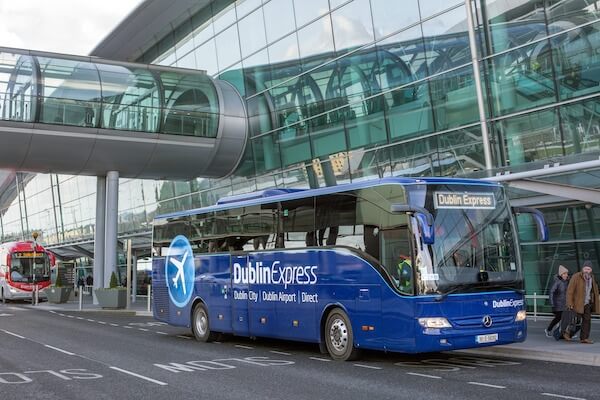
There are several options outside the terminal at Dublin Airport, including Aircoach, Dublin Express, and Dublin Bus.
Find out more about finding your way from Dublin Airport to your destination.
Tip #9: Avoid the Urge to See Everything the First Time
Trying to see everything when visiting Ireland won’t work. Ireland is a small country, but there’s still a lot to see.
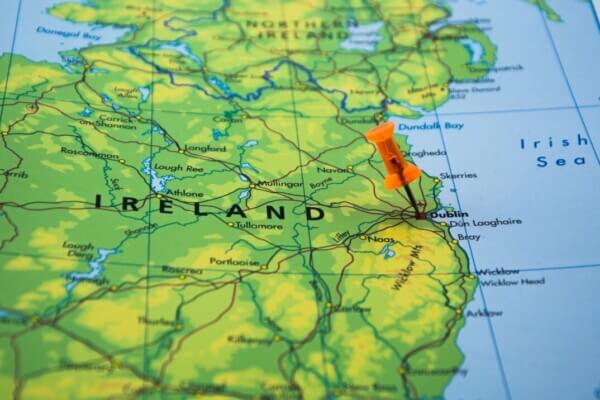
Choose your destinations carefully and plan ahead. Check out the other informative articles on planning a trip to Ireland on this website.
Don’t get me wrong. Attractions like the Cliffs of Moher and the Book of Kells are well worth seeing but find some time for more authentic experiences that will give you more of an insight into the Irish people and the culture.
Tip #10: Be Realistic About Renting a Car in Ireland
Renting a car can be a great way to see Ireland, but you’ll need to be comfortable with driving on the left. It also depends on your budget since car rentals can be expensive, especially during the busy tourist season.

To save money, be sure to do the necessary research beforehand. Rather than contacting a lot of different car rental companies, let Discover Cars do all the work for you.
You might want to choose a smaller car (consider how much luggage you'll be bringing when deciding on the size of car to rent). Reserve your rental car with the proper credit card, one that will provide CDW (Collision Damage Waiver) insurance coverage. This is an important part of the car rental booking process and will lower your car rental cost substantially.
Many Americans are hesitant to drive in Ireland, but there are other options if you’re not feeling confident about getting behind the wheel.
Tip #11: Be Familiar with the Driving Rules in Ireland
You should have a general sense of how the roads are set up in Ireland and how to navigate them safely. When driving around Ireland, be extra careful when entering roundabouts. You’ll encounter them all across the country.
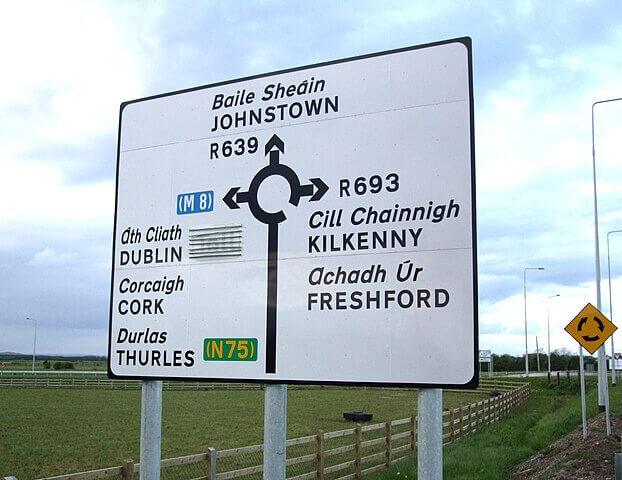
Know which direction you are going before entering the roundabout and once you approach it, remember to always look to the right and yield to the traffic that is already in there.
In addition, Ireland's drink/driving laws are very strict. If you're going to drink, leave the rental car behind at your accommodation and get a taxi. Knowing these rules will hopefully prevent any costly road accidents that might occur while you're driving around Ireland.
Tip #12: Plan Your Public Transport Options in Advance
If you’ve decided to use public transportation to get around Ireland, using the country's rail system is a good idea. Buses are also plentiful in Ireland, especially if you want to reach the more remote areas.
Using public transportation to get around is of course cheaper than renting a car.
If you are interested in using the trains in Ireland, be sure to head to the Irish Rail website where you can book your ticket at the lowest rate. If you plan to take a bus, download the Transport from Ireland (TFI) apps, including the TFI Live app, which provides information on any possible journeys you might be planning, in addition to the TFI Go app, where you can buy your tickets.

The Trekker Four-Day ticket and the Explorer ticket are both worth considering.
Tickets for travel within Northern Ireland can be purchased on the Translink website.
Bus Eireann is the main provider of bus transportation in Ireland. It operates routes all across the country.

However, there are other bus companies that also transport passengers to various parts of the country, and tickets for all of them are reasonable.
Some of those include Dublin Coach, which serves Belfast, Clare, Cork, the outer suburbs of Dublin, Kildare, Kilkenny, Laois, Limerick, and Waterford; Citylink, which serves Ballina and Castlebar in County Mayo, Clifden, Dublin City, Galway City, and Limerick; JJ Kavanagh, which serves Limerick, Kilkenny and Waterford; and John McGinley Coach Travel, which serves County Donegal.
Tip #13: Stay in an Irish B&B
If you want to experience the genuine hospitality of the Irish people while traveling in Ireland, you should stay at least a few nights in a B&B. Many of them, especially in less popular tourist areas, are better value than hotels.

An excellent resource is the Irish B&B Directory. B&Bs in Ireland can also be found on Booking.com or on BandB Ireland by using the search box below. When making your reservation, check to see if the rate is per person or per room. Most quote nightly rates based on a couple sharing a room.
Not all accommodation in Ireland includes breakfast, so when booking, be sure to ask beforehand as that will save you more money.
Tip #14: Consider a Package Tour for Your First Visit to Ireland
If this is your first time in Ireland, you might want to purchase a package tour that will introduce you to the country and its most popular attractions. It may also be cheaper too since flight, accommodation and the price of some tours and meals is included in many vacation packages.

There are several tour companies that I recommend, including CIE Tours, Gate 1 Travel, Collette Tours and Aer Lingus Vacations.
Explore Ireland with TourRadar
Tip #15: Hire Only Licensed Driver Guides
If you are interested in hiring a private driver for part of all of your vacation in Ireland, make sure that you ask that driver if he or she holds an SPSV (Small Public Service Vehicle) license that allows such a person to transport up to 8 people. The last thing you want is for your driver to get into a car accident, with the possibility of you being injured in the process. In any case, it's against Irish law for drivers to offer such a service.
Tip #16: Explore Northern Ireland Easily from the Republic
Some visitors may still believe that there is a hard border between the Republic of Ireland and Northern Ireland. In fact, it's a seamless transition from one to the other, and an area of the island that I encourage you to visit.
The price of food, for example, tends to be a bit cheaper in Northern Ireland, even when taking the currency exchange into account (as of March 2024, a €100 will get you around £85 Sterling).
If you are renting a car, be sure to tell the car rental company as a cross border fee must be paid for insurance purposes. No need to worry about accessing currency since there are plenty of ATMs available. Some establishments do take Euros.
Tip #17: Seek Out the More Authentic Irish Experiences
Some tourists are interested in ticking off their bucket lists. And while it's ok to see the country's popular tourist attractions, you shouldn’t miss out on the more authentic Irish experiences that in some cases might be cheaper.
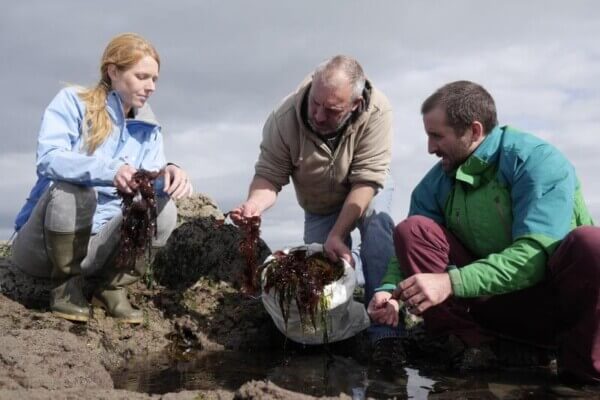
Some of those include a turf cutting experience, foraging for seaweed on Ireland’s Wild Atlantic Way and trying your hand at making Irish soda bread. Other must-see attractions in Ireland are even free, so check them out before you go.
Tip #18: Know the Ranking System of Irish Hotels
Hotels in Ireland are graded from 5-star (think luxury hotels and castles) all the way to 1-star establishments.
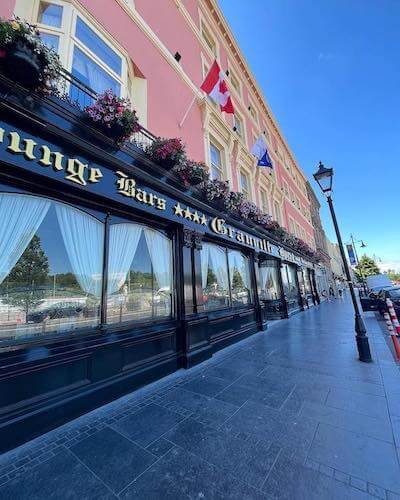
When you’re booking a hotel, a 3-star hotel is usually the most budget-friendly option, offering perks such as in-room telephone service, TV, private bathroom, shower, and tub. You can find deals in 4-star hotels, too, so don't count them out for a night or two. Obviously, 5-star hotels are the most expensive and are plentiful across Ireland.
Knowing this will help you choose the best hotel at the best price.
Tip #19: Consider Renting a Holiday/Vacation Home
If you want to spend more time in a specific area of Ireland, consider renting a holiday/vacation home
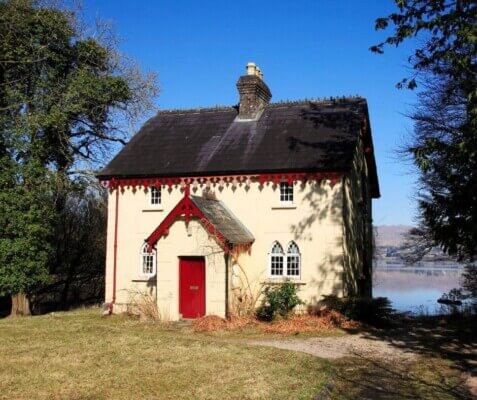
If you are part of a larger group, renting a house or cottage in the country is a good way to split the cost. If you decide on this type of accommodation, you’ll need to stock up on food for the duration of your stay.
Ireland has several supermarket chains, including Dunne’s Stores, Tesco, Supervalu, Aldi, and Lidl in many of its towns.
Tip #20: Pre-Book Popular Attractions and/or Purchase the Heritage Card
If you’re visiting Ireland in the high season, expect to wait in line for some of the more popular attractions. To avoid any inconvenience, you can pre-book your tickets. If you're interested in seeing many of Ireland's heritage sites, then the heritage card is for you.

In addition, special deals such as the Dublin Pass include free entry to more than 30 of Dublin’s top attractions.
Tip #21: Save Money by Visiting Ireland's Free Attractions
There are many free attractions in Ireland to be enjoyed.
Dublin’s many museums are one example. The National Library of Ireland, The National Gallery of Ireland, The Hugh Lane Gallery, and the fabulous Chester Beatty Library are all worth seeing and they won’t cost you a penny (donations are always welcome, of course).
Book of Kells, Dublin Castle & Molly Malone Statue Tour
Tip #22: Do Your Research Before Choosing Castle Accommodation
Most everyone who visits Ireland at some stage wants to stay in a castle and while there are some authentic castles to stay in, many of those are rentals that are more suitable for larger groups of people.

As an alternative, castle-hotels tend to be more practical and cheaper, although some of them can be pricey too.
I suggest that you do your research before choosing an Ireland castle accommodation.
Two of the more affordable castle hotels in Ireland are Kilkea Castle in County Kildare and Ballyseede Castle in County Kerry.
Tip #23: Don't Forget to Apply for a Tax Rebate on Your Irish Purchases
If you are visiting Ireland from another country other than one in the European Union you are entitled to a tax rebate on certain purchases, including many of the souvenirs and/or authentically Irish gifts that many tourists are interested in buying when they visit.
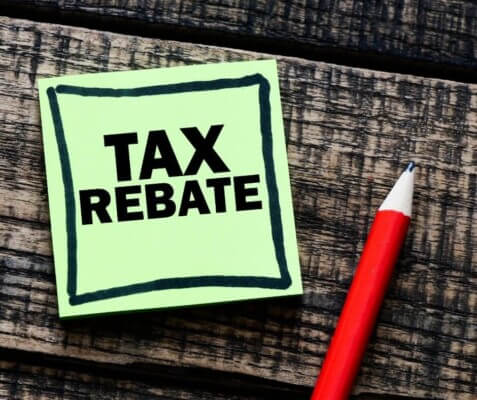
Be sure to fill out the necessary forms and have them processed at the airport before you leave the country.
Tip #24: Avoid Foreign Transaction Fees by Using Specific Bank Cards
Avoid those pesky foreign transaction fees when you travel to Ireland or any other foreign destination by using a specific bank card.
Tip #25: Research the WiFI Options in Ireland
An affordable way to access WiFI in Ireland is to purchase a SIM card at Dublin Airport or from a mobile store in Ireland. The card also comes with a usage plan, which will allow you to text and make calls using a designated Irish mobile phone number. Your phone must be unlocked for this to work.
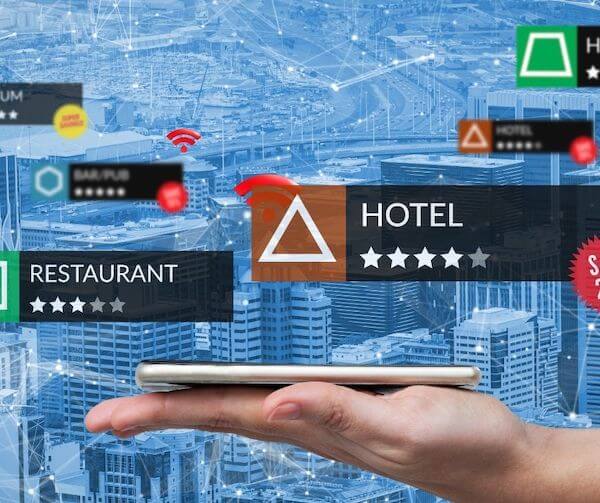
If you’re unable to replace your current SIM card with an Irish one, you can still avoid costly roaming charges by turning off your phone’s cellular data and then access free WIFI in Ireland’s restaurants, hotels, and public spaces. You won't have access to the Internet while traveling across the country, so keep this in mind before choosing this option.
Another alternative is to purchase the Wifi Candy device, a short-term wifi rental option that can be connected to 8 devices. The company now offers an eSIM plan. You can get 10% off by using code IOB2024.
The device can be delivered to your hotel at no extra cost, or you can pick it up at Dublin Airport.
Tip #26: Bringing Euros to Ireland
There is no need to bring large amounts of cash with you when you visit Ireland. If you want to bring a small amount of Euros, it is best to obtain it at your bank, where you'll likely get a better exchange rate.

Contactless payment is widely used in Ireland and ATMs are in every town so you shouldn't run out of cash if you need it. You can check the Euro currency exchange against the dollar or whatever your local currency is by using the XE Currency Converter tool.
Tip #27: Purchase Travel Insurance
In a post-Covid world, it is more important than ever to protect yourself while traveling abroad. This is why I suggest that all tourists to Ireland consider purchasing travel insurance (separate from the insurance any airline will offer when purchasing your ticket). It may be an additional cost but will save you money in the long run if anything unforeseen happens while you're on vacation in Ireland.
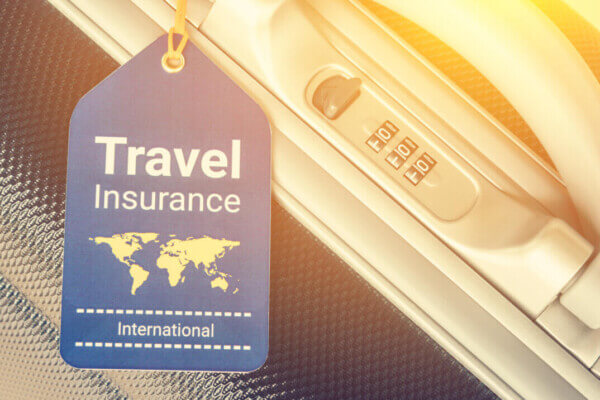
Ireland on a Budget partners with Travel Insurance Master, a boutique travel insurance broker that offers affordable options.
Tip #28: Avail of Early Bird Specials in Ireland's Restaurants
Many restaurants in Ireland have Early Bird specials. This is especially important if you are on a budget and you want to visit some of the country's more expensive eateries.

Most specials include 2-3 three courses and are available in the early evening hours. Book in advance so you won’t be disappointed.
Tip #29: Hang Out in a Traditional Irish Bar
If you’re looking for a traditional Irish music session, be sure to visit a genuine Irish pub. If you play a musical instrument, you might be able to join a session. If not, settle in and enjoy.

Dublin alone has a multitude of great pubs, including The Merry Ploughboy, where you can enjoy a lively music and dance show, together with dinner, on a nightly basis during the height of the tourist season.
This is a popular spot, so book your tickets in advance.
Across the country, catch other casual trad sessions. Doolin in County Clare is famous for it, as is Galway City, where many pubs offer nightly seisiuns. This may not necessarily be a money-saver, but it's an experience you won't forget.
Tip #30: Just Relax
Many people want to race through Ireland in the hopes of seeing it all. People in Ireland, especially in the countryside, move at a much slower pace than those in other places like the USA. Slow down, relax and savor all that is great about Ireland, including its friendly culture and amazing landscapes.
Let me know if these 30 ways to save on your trip to Ireland are useful as you plan your vacation to the Emerald Isle.


